A powerful photo series aims to challenge the way we see and think about scars.
Photographer Sophie Mayanne launched ‘Behind The Scars’ in April 2017 to tell the stories of people and the marks they bear on their bodies in the hope it will help them “embrace their beauty no matter what their history”.
One woman who features in the series, Isabella, was caught in a house fire in 2015, leaving her body severely burnt. She spent most of that summer recovering in a burns unit.
Her body may be covered in scar tissue, but Isabella says she has ”never felt more beautiful”.
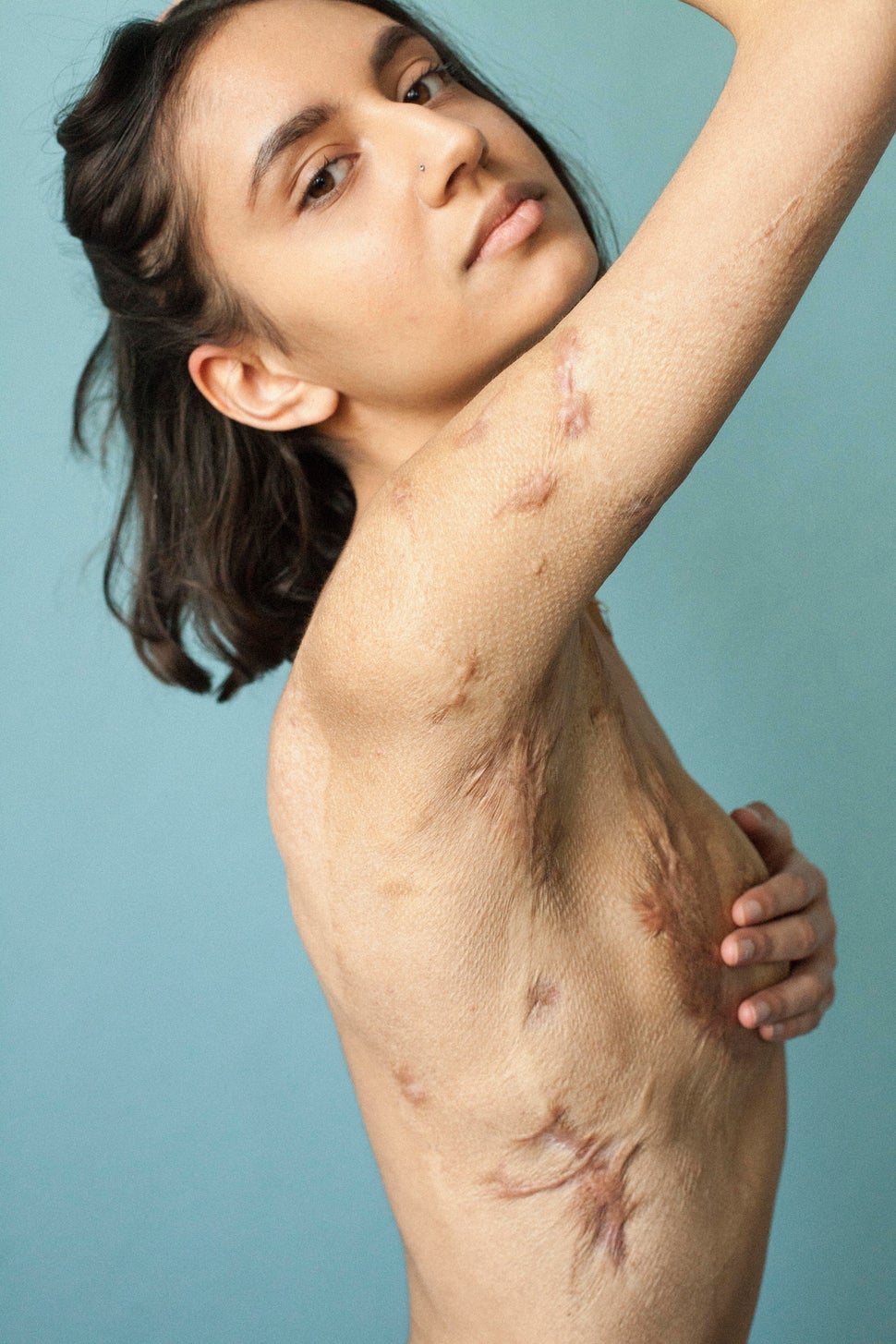
Mayanne wants to tell these stories because “scars are often seen as something to be ashamed of or hidden” - and it shouldn’t be this way.
″I think it is important to give people a platform to explore and express themselves,” she told HuffPost UK. “These stories are honest, truthful and compassionate and need to be told, alongside the images, so that people understand that being different doesn’t mean you aren’t beautiful.”
Mayanne has met people from all walks of life through the series, many of whom left lasting impressions on her.
“Some stories have had an emotional impact and have brought tears to my eyes,” she said. “But I am more often than not in awe of their resilience and acceptance and how they have overcome their struggles and obstacles. They are truly inspirational, each and every one of them.”
The photographer said the most rewarding part of the series is hearing from people who were previously self-conscious about their scars, who now go out wearing outfits that show them off.
She has also heard from people without scars, who said their mindset had changed after seeing the series.
“I have seen confidence, humour, bravery, acceptance, and a realisation that there is beauty in everything [through this series],” Mayanne said. Now, you can too.
ANDREA
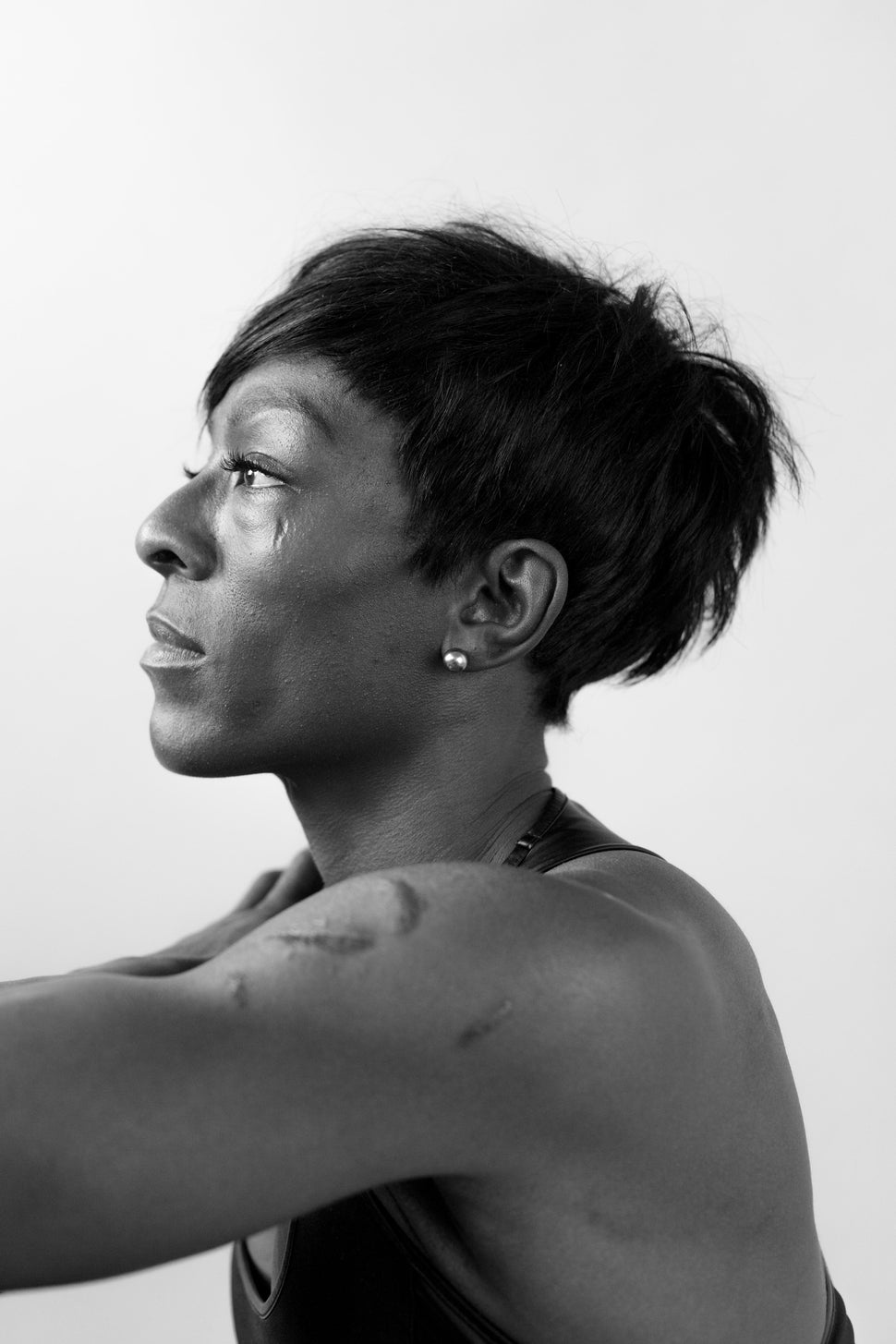
“My first scars arrived at 14, while playing a chasing game with friends. I jumped over the wall, but the wall moved and I ended up scarring both of my legs. For years I was paranoid about showing them and only wore trousers.
“The scars on my left arm and face were given to me by a deranged person out for revenge, the worst part was that it wasn’t meant for me. I got caught up in a fight where the person had a glass in her hand while punching me. I was only aware of it when blood was pouring from my face. I didn’t notice my arm until I looked down to see it opened up like a butterfly chicken.
“I now love me for me, ever since I started focusing on creating my ultimate self.”
CARI
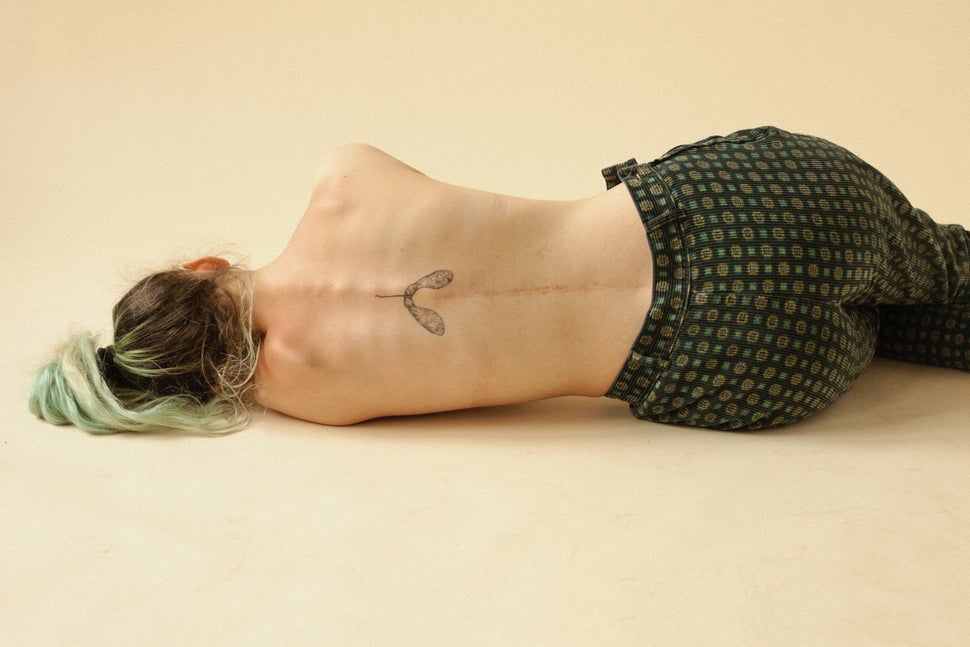
“This is the scar I got from spinal fusion surgery when I was 15, in September 2013, to correct my scoliosis. I have two 12” metal roads and 12 metal screws all down my spine.
“I think it’s made me hyper-aware how our physical health impacts our mental health.”
BARBARA
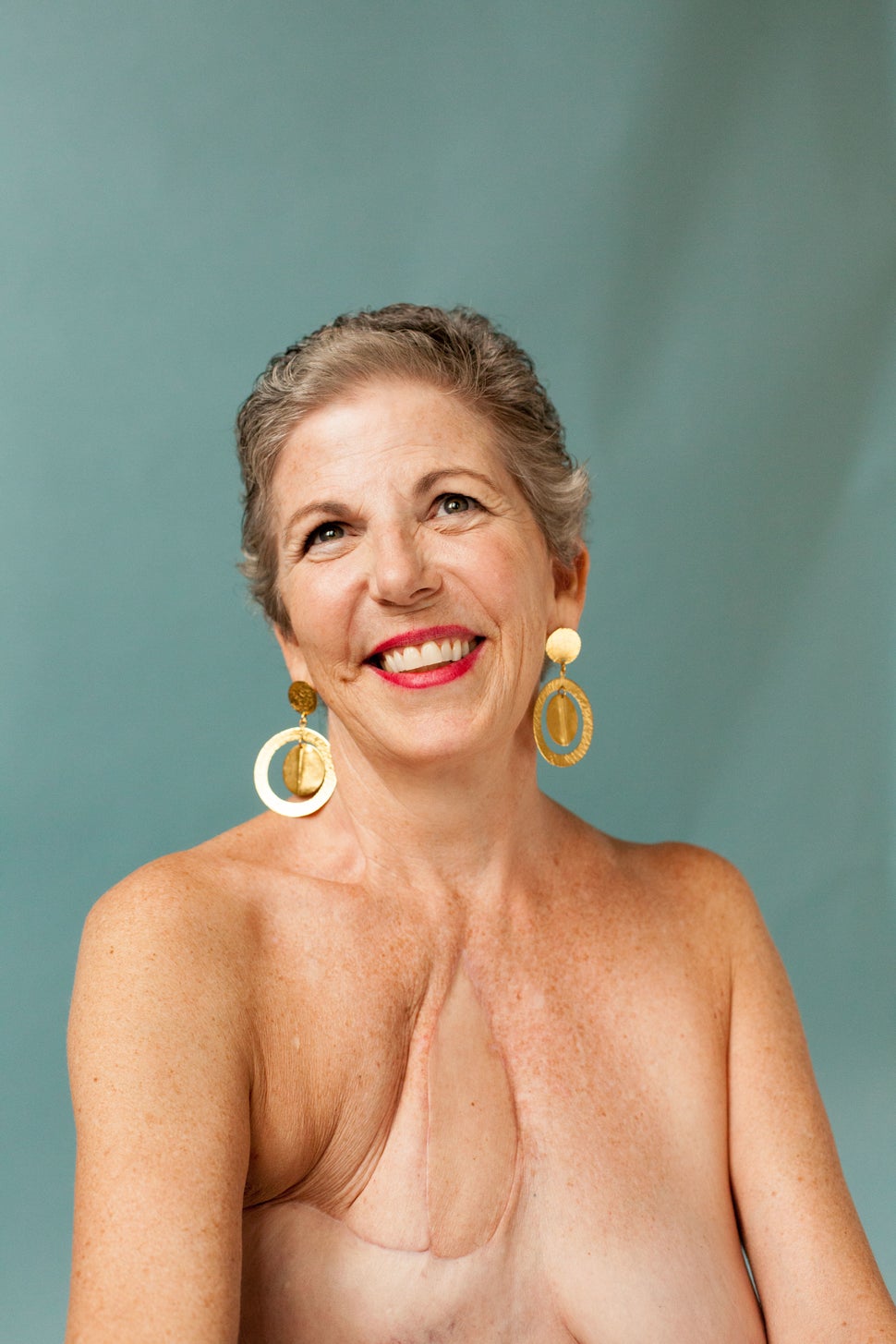
“In 2014 I was diagnosed with angiosarcoma of the breast, a rare and aggressive cancer. Three surgeries and two chemotherapy treatments later, these are the scars I bear. My recent operation was an innovative surgery which involved removal of my sternum and four ribs, which were replaced by surgical cement, muscle from my back and a skin graft.
“It took me a long time to finally embrace my scars. They document my journey and the courage and strength I did not think I had. Recently I was told the cancer had returned. Surprisingly I feel at peace.”
ASHLEIGH
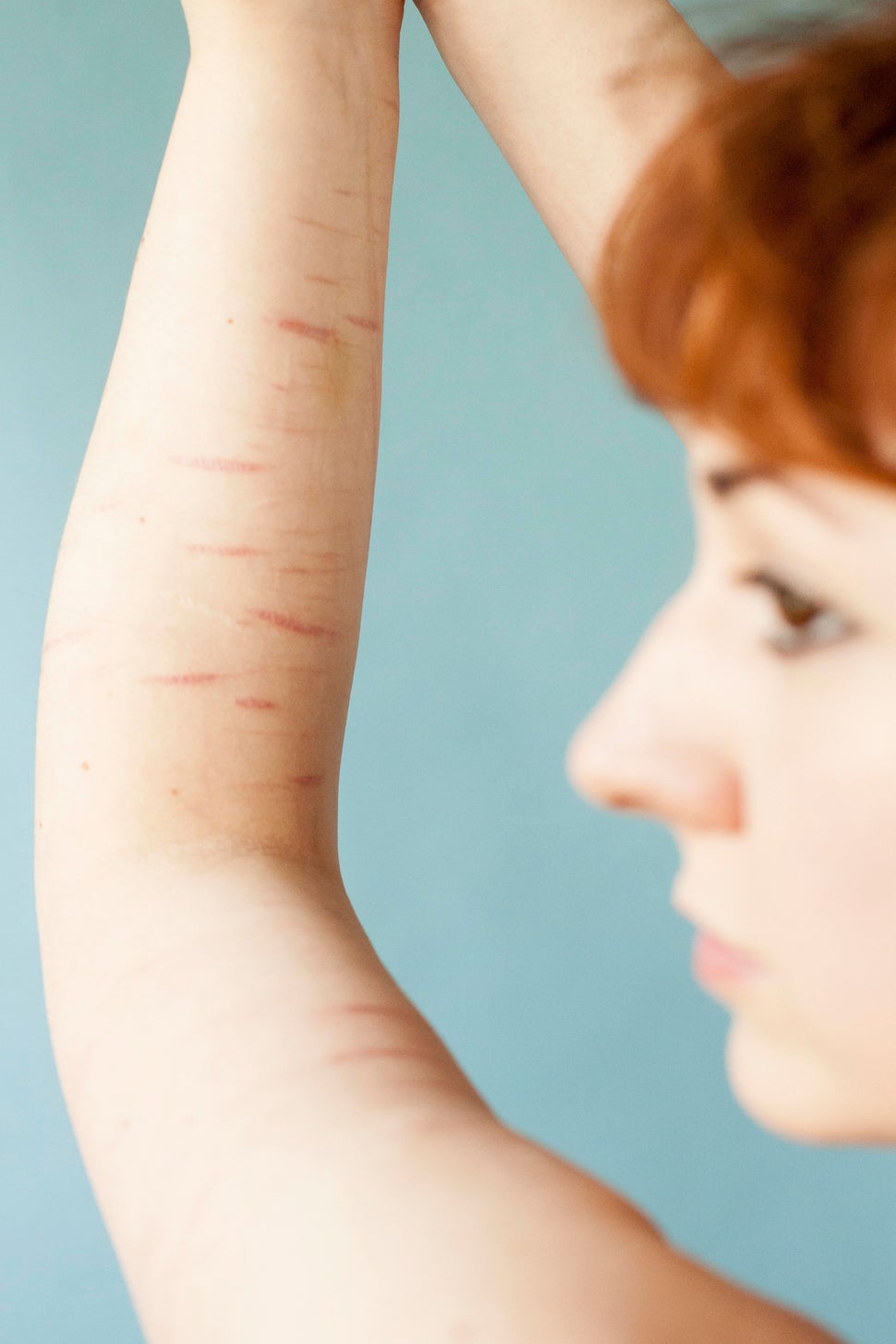
“I’ve struggled with self-harm since I was eight. For as long as I can remember, my emotions have been very intense, this was one of the ways I learnt to cope.
“I have been stuck wearing long sleeves regardless of the weather. The appearance of my arms is one of my biggest secrets. Learning to embrace my scars and accept them as part of me is a major step. I also feel that hiding them away perpetuates the feeling of guilt and shame.”
ELIJAH

“In one way or another, my scars are all self-inflicted. The scars from self-harm cover the tops of my legs, and hints are on my arm.
“I am a trans man and started medically transitioning a year and a half ago. Last May, in 2016, I had top surgery (a double mastectomy) to remove my breasts. These scars are my new chest, the chest I have always wanted. They are my gender, my identity.
“I can’t remember having any other chest now. I have been liberated. These scars represent so much of what I have experienced.”
MICHELLE

“I’ve had 15 surgeries, a brain tumour, a punctured intestine, an obstructed bowel, a cyst in my brain and a condition called Hydrocephalus.
“I grew up never realising my body was different until one day I wore a bikini and was met with looks of pity and shock. I thought the solution was to hide them and never talk about them, but in fact, what helped was the exact opposite.
“When I was 21, I finally started embracing my scars and accepting my body for what it does. In celebration of that, I wore a bikini for the first time and launched a campaign called ‘Scarred Not Scared’ because I knew I wouldn’t be alone. I didn’t want anyone to feel isolated in their struggles with physical illness and chronic pain, and it became the perfect platform to remove the shame around our scars and our bodies in general.”
Useful websites and helplines:
- Mind, open Monday to Friday, 9am-6pm on 0300 123 3393
- Samaritans offers a listening service which is open 24 hours a day, on 116 123 (UK and ROI - this number is FREE to call and will not appear on your phone bill.)
- Get Connected is a free advice service for people under 25. Call 0808 808 4994 or email: help@getconnected.org.uk
